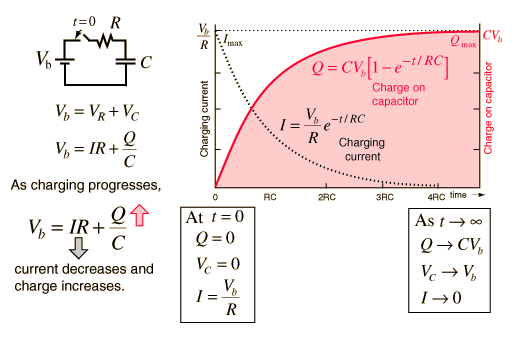no simulation software used
No simulators were used as far as I know.
Originally posted by Jdo300
View Post

 Ok then!
Ok then! 



Comment